Cyber threats targeting federal, state, and local government agencies continue to grow in sophistication, making traditional perimeter-based security models obsolete. In response, the Zero Trust Architecture (ZTA) model—advocated by NIST Special Publication 800-207 and reinforced by Executive Order 14028 on Improving the Nation’s Cybersecurity—has become a mandate for public sector organizations. Zero Trust ensures that no user, device, or system is implicitly trusted, and access is granted based on continuous verification.
To comply with federal cybersecurity directives and strengthen security postures, agencies can implement Zero Trust in five key steps.
1. Identify and Classify Government Data and Assets
For federal and state agencies, protecting sensitive government data, citizen records, and critical infrastructure is paramount. Agencies must:
- Identify all IT assets and data across cloud, on-premises, and hybrid environments.
- Classify sensitive information based on Federal Information Processing Standards (FIPS) and NIST Risk Management Framework (RMF) guidelines.
- Map data flows across agencies to track how mission-critical information is accessed and shared.
By understanding their IT ecosystem, agencies can enforce precise security controls and comply with federal data protection mandates like FISMA (Federal Information Security Management Act) and OMB M-22-09 Zero Trust Strategy.
2. Strengthen Identity and Access Controls with ICAM
Zero Trust treats identity as the new security perimeter and mandates strict Identity, Credential, and Access Management (ICAM) policies. Agencies should:
- Implement Multi-Factor Authentication (MFA) per OMB M-22-09 and CISA guidelines to secure access.
- Enforce Role-Based Access Control (RBAC) and Least Privilege Principles (LPP) to restrict access to authorized personnel only.
- Deploy Continuous Authentication Mechanisms using Personal Identity Verification (PIV) or Common Access Cards (CACs).
Strong ICAM policies reduce insider threats, prevent credential-based attacks, and ensure compliance with federal mandates.
3. Enforce Microsegmentation and Network Security Controls
Many federal and state agencies operate on legacy networks that lack built-in Zero Trust protections. To limit lateral movement and prevent breaches, agencies must:
- Segment networks into isolated zones using Software-Defined Networking (SDN) and Zero Trust Network Access (ZTNA).
- Deploy per-session access verification so users and devices must be continuously validated.
- Encrypt all data in transit and at rest per Federal Data Strategy and NIST 800-53 guidelines.
Microsegmentation prevents unauthorized access to critical government systems and minimizes the impact of cyber incidents.
4. Continuously Monitor Network and Endpoint Activity
Zero Trust is an ongoing strategy, requiring real-time monitoring and behavioral analytics to detect threats early. Agencies should:
- Implement Security Information and Event Management (SIEM) systems with automated anomaly detection.
- Leverage AI-driven User Behavior Analytics (UBA) to detect unusual access patterns.
- Integrate Continuous Diagnostics and Mitigation (CDM) tools from CISA for real-time asset monitoring.
Continuous monitoring ensures faster threat detection, compliance with federal cybersecurity mandates, and a proactive security stance.
5. Automate Security Responses and Incident Management
To comply with Zero Trust mandates and improve cybersecurity readiness, agencies must automate threat response mechanisms by:
- Implementing Security Orchestration, Automation, and Response (SOAR) platforms to quickly contain cyber incidents.
- Using threat intelligence sharing tools like Automated Indicator Sharing (AIS) to collaborate with DHS CISA and other agencies.
- Conducting regular Zero Trust security drills and penetration testing in alignment with OMB, CISA, and NIST guidelines.
Automated threat response and federal-wide collaboration improve resilience against ransomware, nation-state cyber threats, and insider risks.
Conclusion
Zero Trust is not just a best practice—it is a federal cybersecurity imperative. By following these five steps—data identification, identity verification, network segmentation, continuous monitoring, and automated response—agencies can align with NIST 800-207, OMB M-22-09, and Executive Order 14028.
As agencies accelerate their Zero Trust adoption, they must ensure seamless implementation across legacy and modern systems while prioritizing compliance, security, and mission success.


